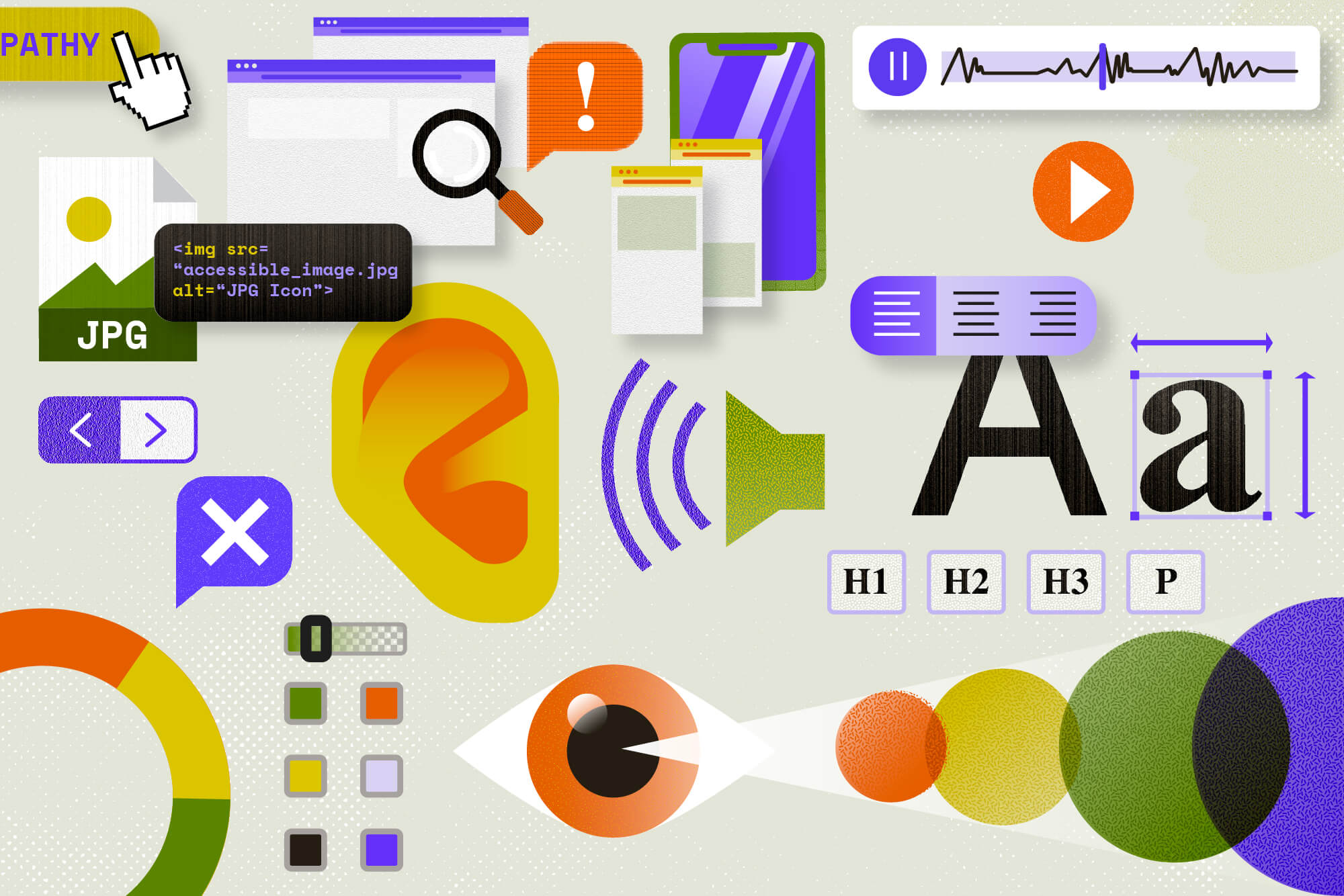Accessibility for All
The internet has revolutionized how we interact, learn, behave, navigate, shop, and so on. It’s open, fast, access to endless information for everyone. Ideally. Unfortunately, not everyone has the same access to the websites, resources, and online tools. And when so much of what we do turns to digital mediums, users living with disabilities, impairments, and other limitations (like lack of access to proper internet connection) are often left behind.
In 1999, the Web Content Accessibility Guidelines or WCAG established accessibility standards for websites. By 2008, these guidelines were recognized as an international standard for all digital content. However, much of today’s internet still doesn’t meet these standards.
An Ethical and Moral Obligation
According to the US Census, blindness and low vision, deafness and hearing loss, limited movement, speech disabilities, photosensitivity, learning disabilities, and cognitive limitations affect about 1 in 5 people. That means almost 20% of the U.S. population might be unable to access or use your digital platform if compliance is not core to the design and build. We believe that all companies should be proactive in prioritizing accessibility to reach the largest audience possible.
Nobody Said This Would Be Easy
One of the biggest challenges to achieving compliance is grasping ever-evolving and often ambiguous requirements. While the guidelines provided are helpful, they are also broad and open to interpretation. This makes compliance difficult to guarantee and maintain. Daily practices in design, coding, and digital strategy must be adopted and adhered to in full-team collaboration to be successful. Therefore, the approach to each project must intentionally consider the human experience to not inadvertently promote the isolation or segregation of a group or individual by developing tools, information, or services that are inaccessible.
Ensuring Accessibility in Our Work
MissionAccess, our dedicated, cross-departmental committee has compiled a full checklist and quality assurance process, and invested in the education of both our staff and our clients, to ensure that we are developing accessible products. Checklist items may be as subtle as designing so that the values of the colors in call-to-action buttons have enough contrast to be read by someone with low vision, or providing alternate text on images so a screen reader can describe the details of the image verbally. Or, they can be more complicated, such as precisely coding the entire site so that every piece of functionality on the site is equally available to every user.
Accessibility Blog Series
This is the first post in our accessibility series that will focus on the principles of web accessibility, and what each principle means in practice when designing and developing brands and websites. We’ll share critical steps in our process and how accessibility guides our approach from planning to execution.
